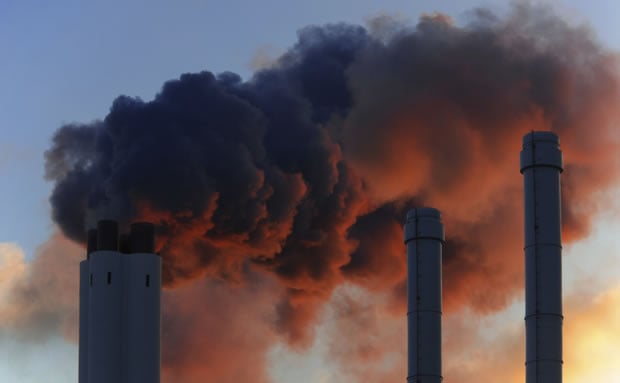Controversies involving the fuel sector are not new today, but some changes enacted by the government have caused impasses in the carbon credit market sector.
ADVERTISING
But do you know what carbon credits are? And what is your relationship with the environment?
Carbon credit is a concept, originated from the 1997 Kyoto Protocol, which aims to reduce greenhouse gases. (G1)
They function as a kind of permission slips for emissions. When a company buys a carbon credit, usually from the government, it gets permission to generate one ton of carbon dioxide (CO2) emissions.
In this logic, when a country manages to reduce the emission of this ton, it receives a certification issued by the Clean Development Mechanism (CDM), that is, it receives credits that will be available to be sold on the international market, with countries that did not reach their goals. (IPAM Amazon)
ADVERTISING
It is worth mentioning that the reduction in the emission of other gases, which also generate the greenhouse effect, can also be converted into carbon credits.
Annually, the National Petroleum Agency (ANP) sets targets for the purchase of carbon credits, based on each distributor's sales in the previous year.
In this year, it will be necessary to purchase 36 million titles by distributorssystem. (Folha de S. Paul)🚥
ADVERTISING
For the consumer, the value is embedded in the price of gasoline and diesel.
And how does the carbon market work?
There are two carbon markets: voluntary and regulated.
The regulated is standardized by national, regional or state governments. Voluntary, in turn, is where companies and individuals voluntarily sell carbon credits to neutralize their emissions.. The latter, as it does not depend on regulation, allows operations to be carried out at an international level. (Valor Econômico)🚥
ADVERTISING
Currently, the market that works in Brazil is voluntary.
The Brazilian government published, in May this year, a decree that aims to regulate the market, which still needs to be improved and transformed into a bill. According to a survey by the Ministry of Economy, with regulation, the carbon market could generate more than US$100 billion for Brazil by 2030system. (Power 360)
Current impasses
The fuel sector's carbon credit program - also known as “Cbio” - has been constantly challenged, both due to the spike in prices in recent months and its effectiveness in achieving environmental objectives.
ADVERTISING
Last month, the federal government issued a decree that made the deadline for purchasing decarbonization credits for the fuel sector more flexible, aiming to help reduce the price of fuel at gas stationssystem. (Today)
Fuel sector experts are calling for changes to the current program, which they accuse of transferring consumer income to biofuel producers.
In a report published by Folha de São Paulo, Patrizia Tömasi-Benzik – lawyer and author of a book about the Renovabio program, which created Cbios – accused the program of creating a market reserve for sugarcane producers and argued that the credits do not meet UN requirements, as they do not guarantee the removal of carbon from the atmospheresystem. (Folha de S. Paul)🚥
Curto curation
- What are carbon credits? How combating climate change became a billion-dollar industry (NBC News*)🇬🇧
- Carbon market: understand the step-by-step process of its construction (Forbes)
- What is the carbon market and how does it work? (IPAM Amazon)
- Diesel prices should fall with the extension of environmental targets; government estimates drop of R$0,10 (Folha de S. Paul)🚥
- Rosana Jatobá details how the carbon credit market works in an episode of the CBN Sustentabilidade Podcast.
(Photo at Top: Reproduction/Flickr)
(*): Content in other languages translated by Google Tradutor
(🇬🇧): content in English
(🚥): may require registration and/or signature
Curto Explain: everything you need to know and are embarrassed to ask!😉
⤴️click here to see more explanatory content.



